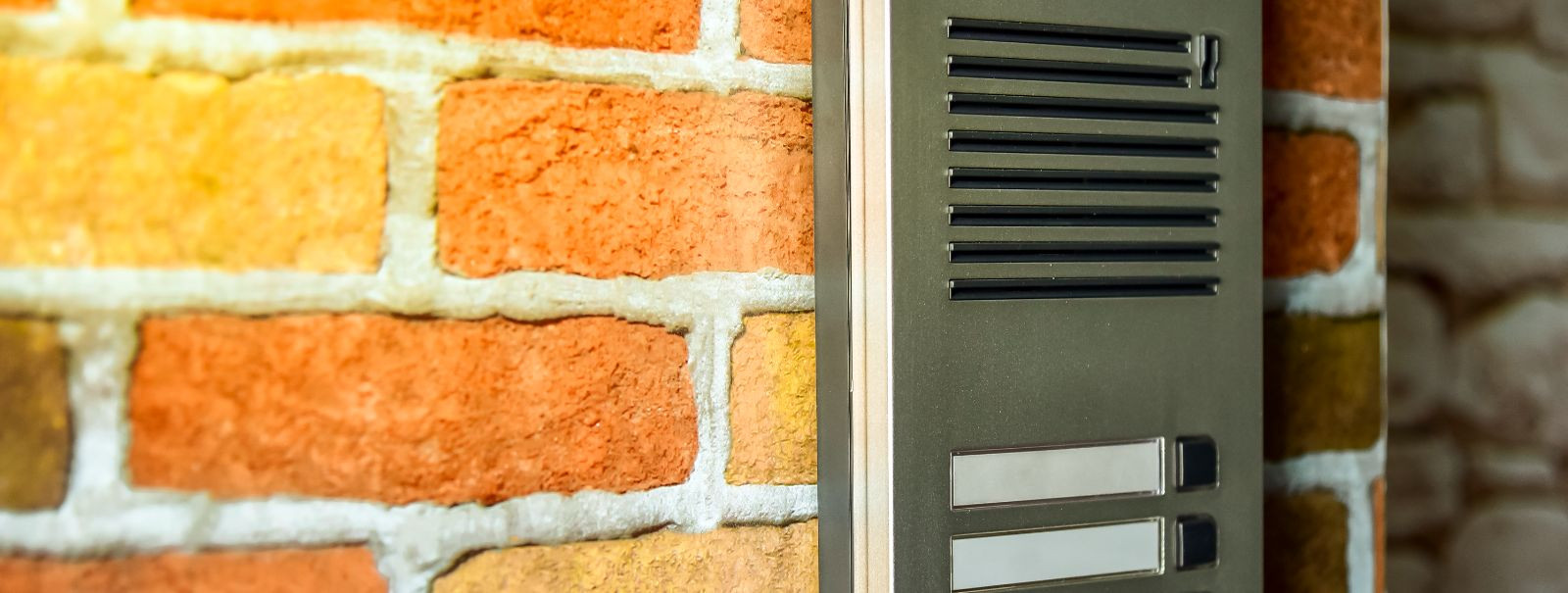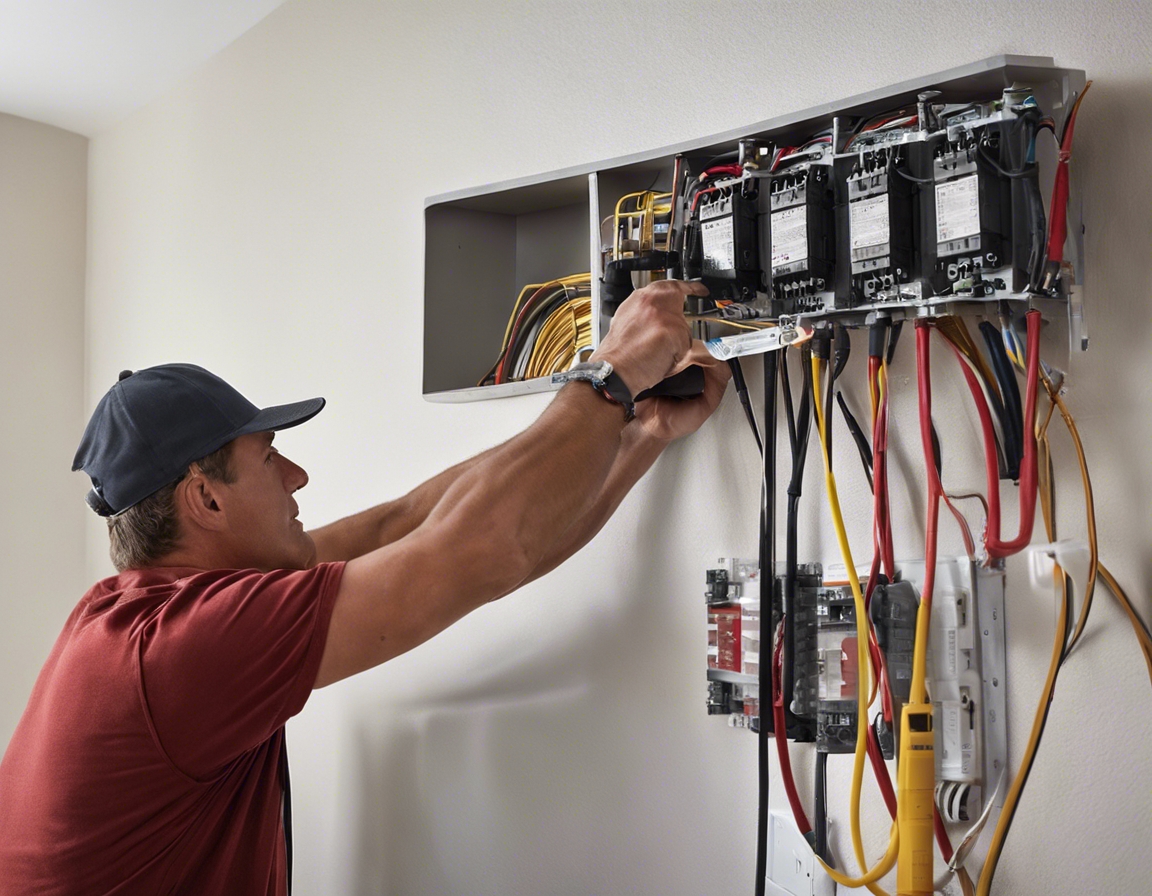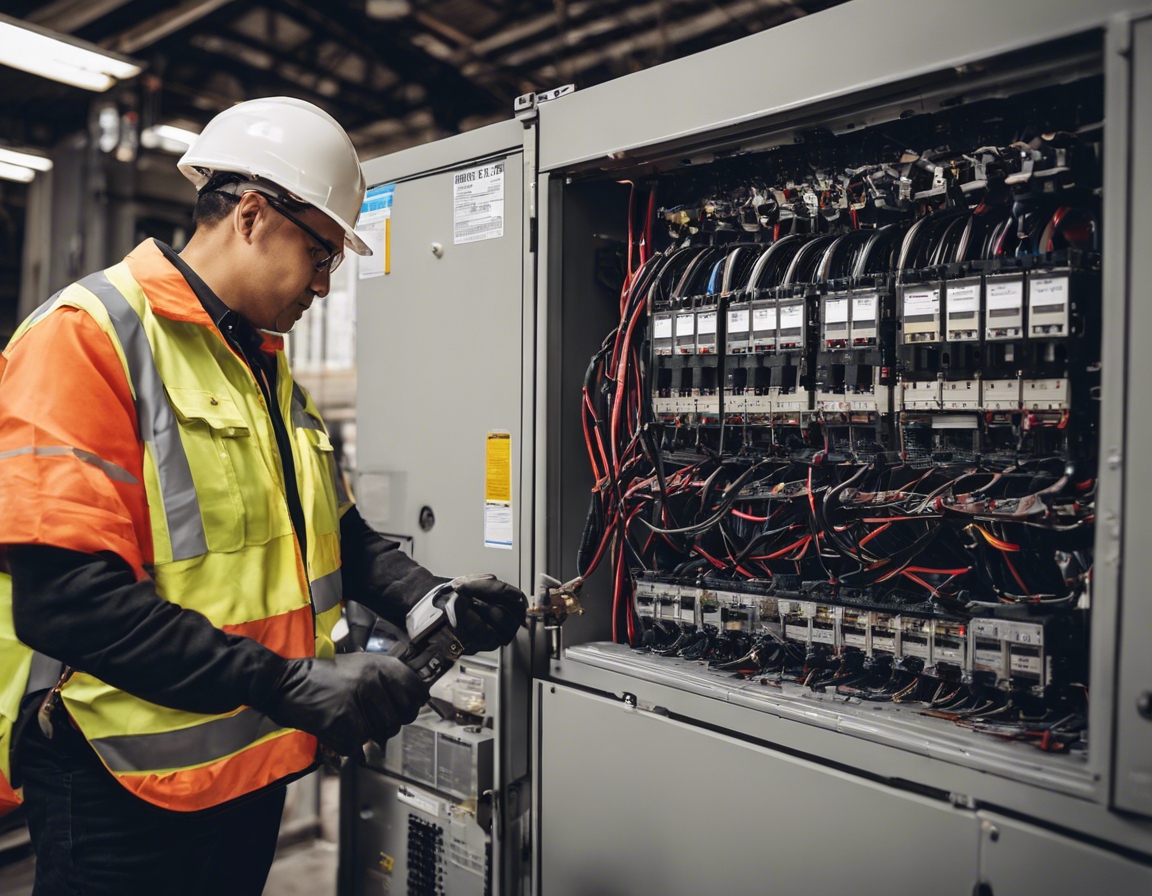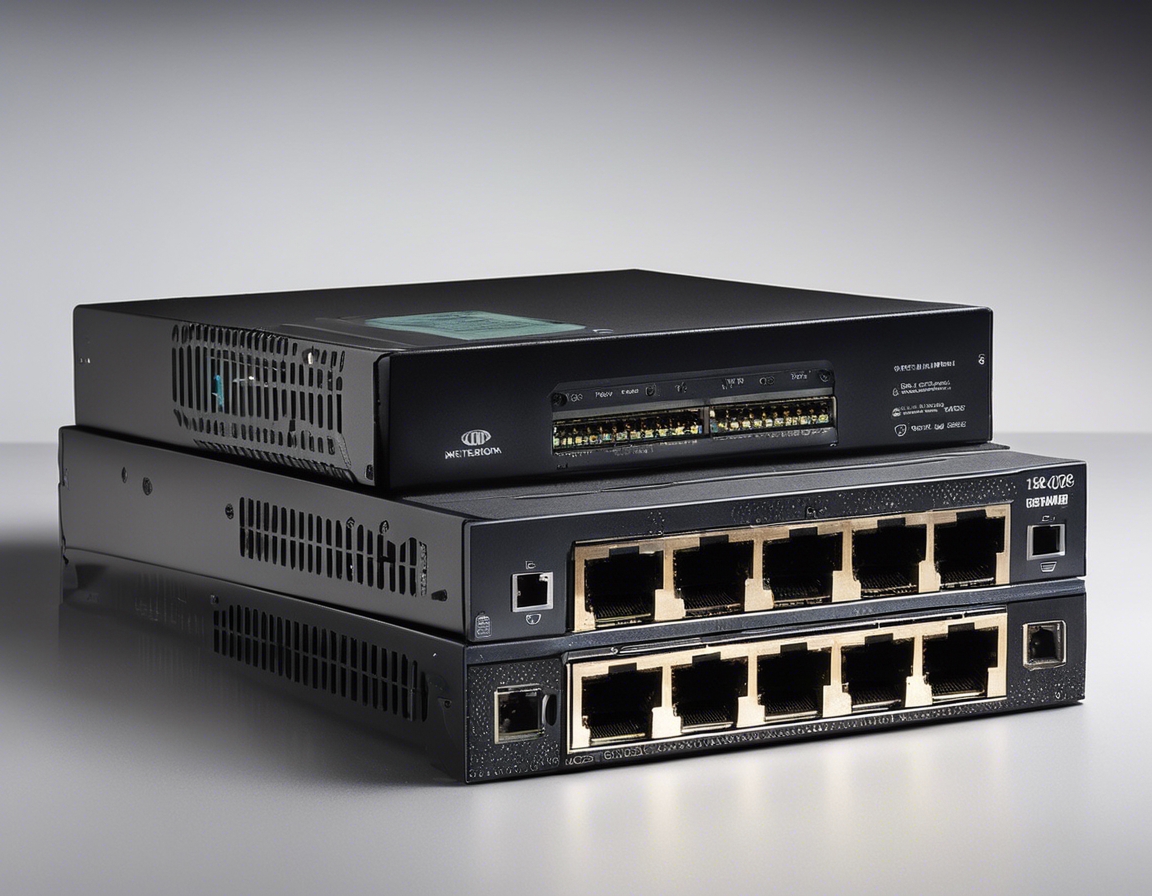Integrating phonosystems: the new era of building communication
Phonosystems, a term that encapsulates the various audio communication technologies used within buildings, have become an integral part of modern infrastructure. These systems facilitate clear and efficient communication between individuals, whether it's for everyday announcements or critical emergencies. The importance of phonosystems lies in their ability to enhance safety, streamline operations, and improve the overall experience for occupants and managers alike.
From the early days of tin-can telephones to today's sophisticated digital networks, building communication systems have undergone a significant transformation. The integration of advanced phonosystems represents the latest chapter in this evolution, offering unprecedented levels of connectivity and control.
The Role of Phonosystems in Building Safety and Efficiency
Phonosystems play a pivotal role in fire safety, providing a means for rapid and clear communication during an emergency. Integrated systems can be linked to fire alarms and public address systems to ensure that evacuation instructions are disseminated quickly and effectively.
Integrated phonosystems simplify the management of building operations, allowing for real-time communication with maintenance staff and streamlined coordination of services. This leads to increased efficiency and reduced downtime for essential systems.
By offering a direct line of communication between tenants and management, phonosystems contribute to a more responsive and tenant-friendly environment. This can lead to higher satisfaction rates and a sense of community within the building.
Key Components of an Integrated Phonosystem
The hardware of a phonosystem includes the physical components such as intercoms, public address systems, emergency communication devices, and other audio equipment. These are the touchpoints through which users interact with the system.
Software solutions provide the backbone for phonosystems, enabling centralized control and monitoring. User interfaces must be intuitive and accessible to ensure that all users can operate the system effectively.
Connectivity is the glue that holds the phonosystem together, ensuring that all components communicate with each other seamlessly. This includes the integration with other building systems such as security and HVAC for a holistic approach to building management.
Challenges and Considerations in Phonosystem Integration
One of the primary challenges in integrating phonosystems is ensuring compatibility with existing building infrastructure. This requires careful planning and often, the retrofitting of current systems to accommodate new technologies.
As buildings evolve and expand, so too must their communication systems. Scalability is a critical consideration, allowing for the addition of new features and capabilities without overhauling the entire system.
Compliance with local, national, and international standards is essential for any phonosystem. This ensures that the system is not only effective but also legally compliant, particularly in terms of safety and accessibility.
Best Practices for Implementing Phonosystems
Before implementing a phonosystem, it is crucial to conduct a comprehensive needs assessment to determine the specific requirements of the building and its occupants. This will guide the selection of appropriate technologies and design considerations.
Selecting the right technology partners is essential for the successful integration of a phonosystem. Partners should have a proven track record in delivering reliable and scalable communication solutions.
Finally, ensuring that end-users are properly trained and supported is key to the effective use of any phonosystem. Ongoing support and maintenance are necessary to keep the system functioning optimally.








Comments (0)